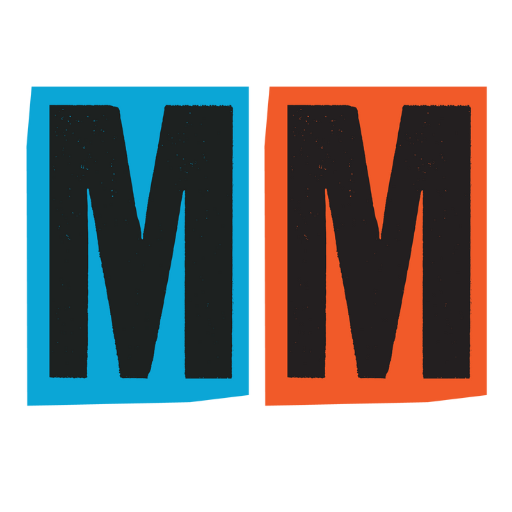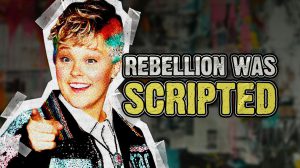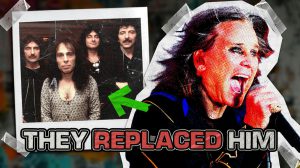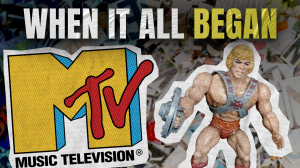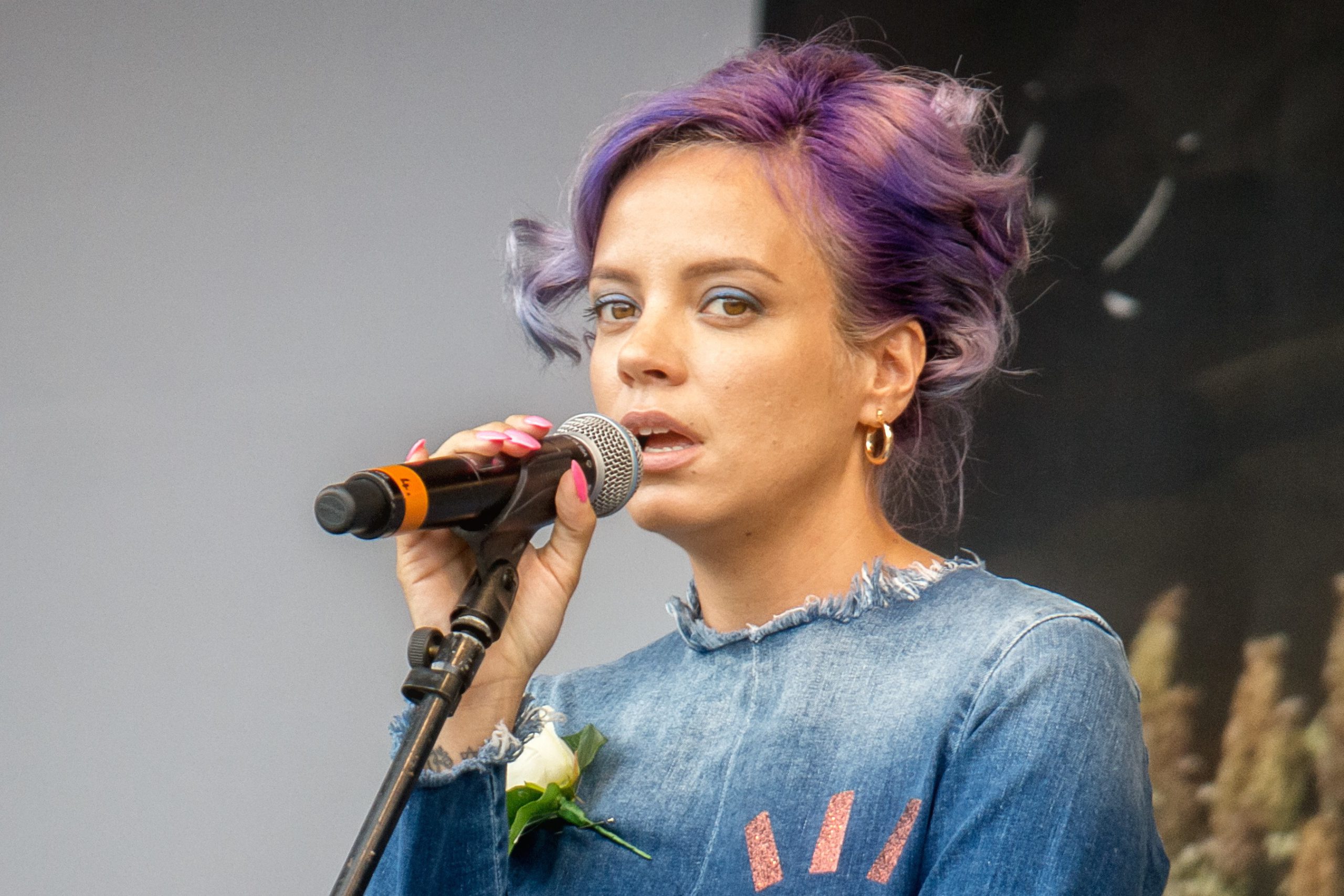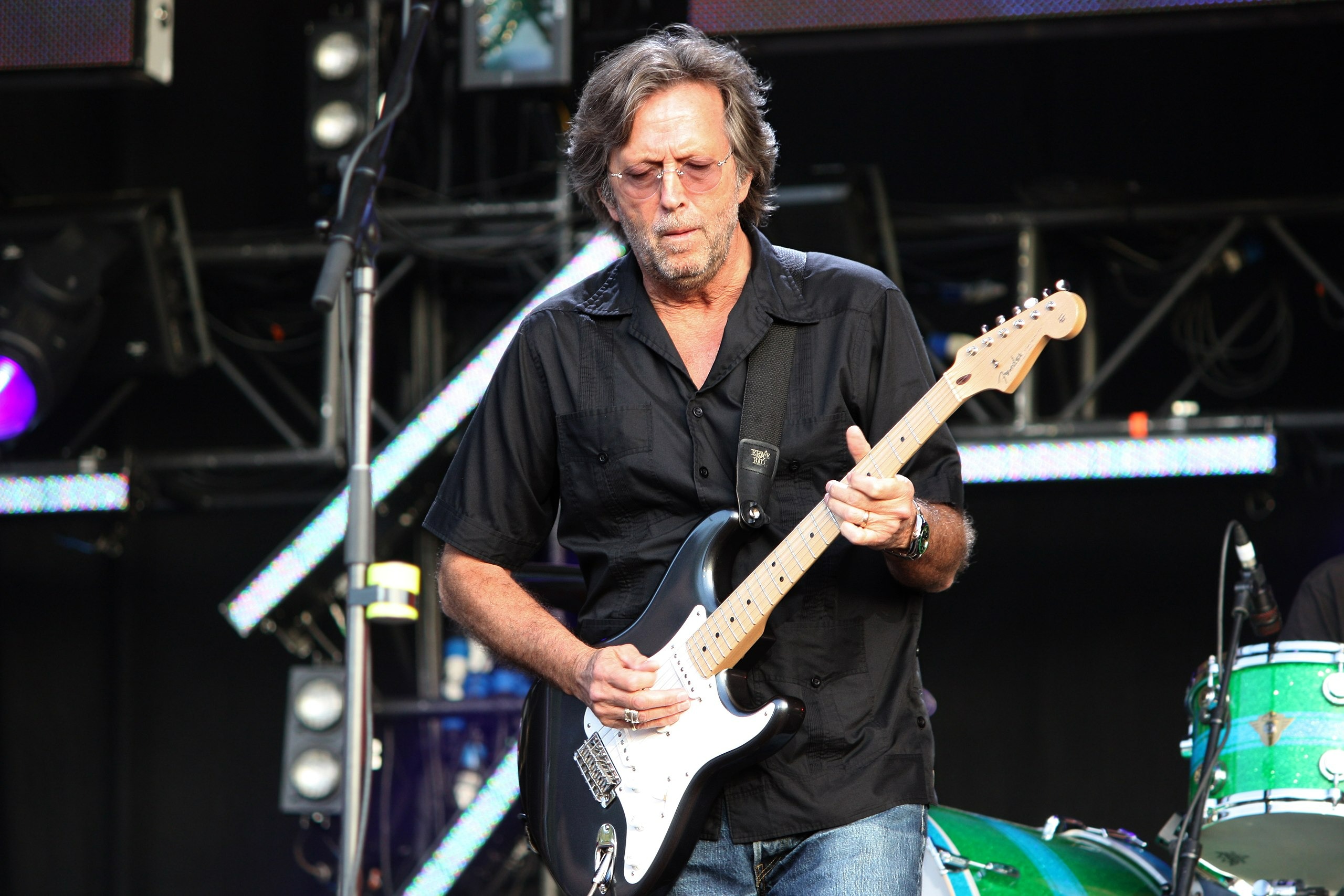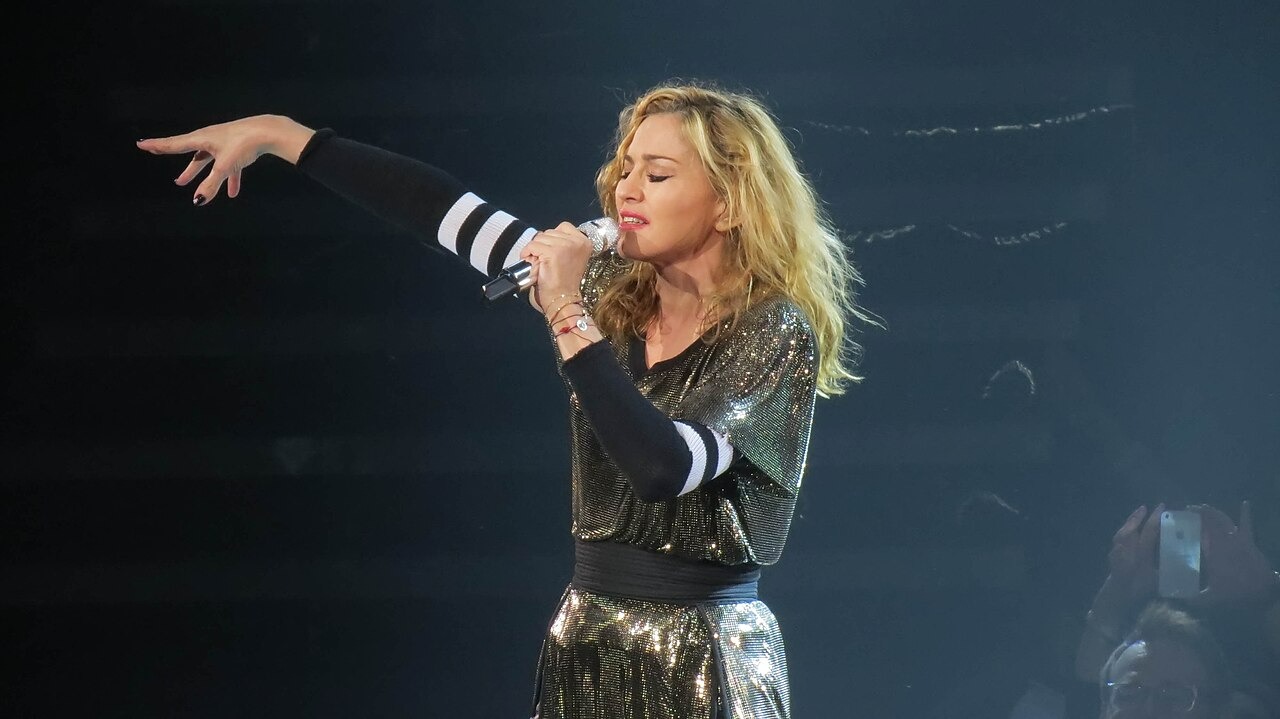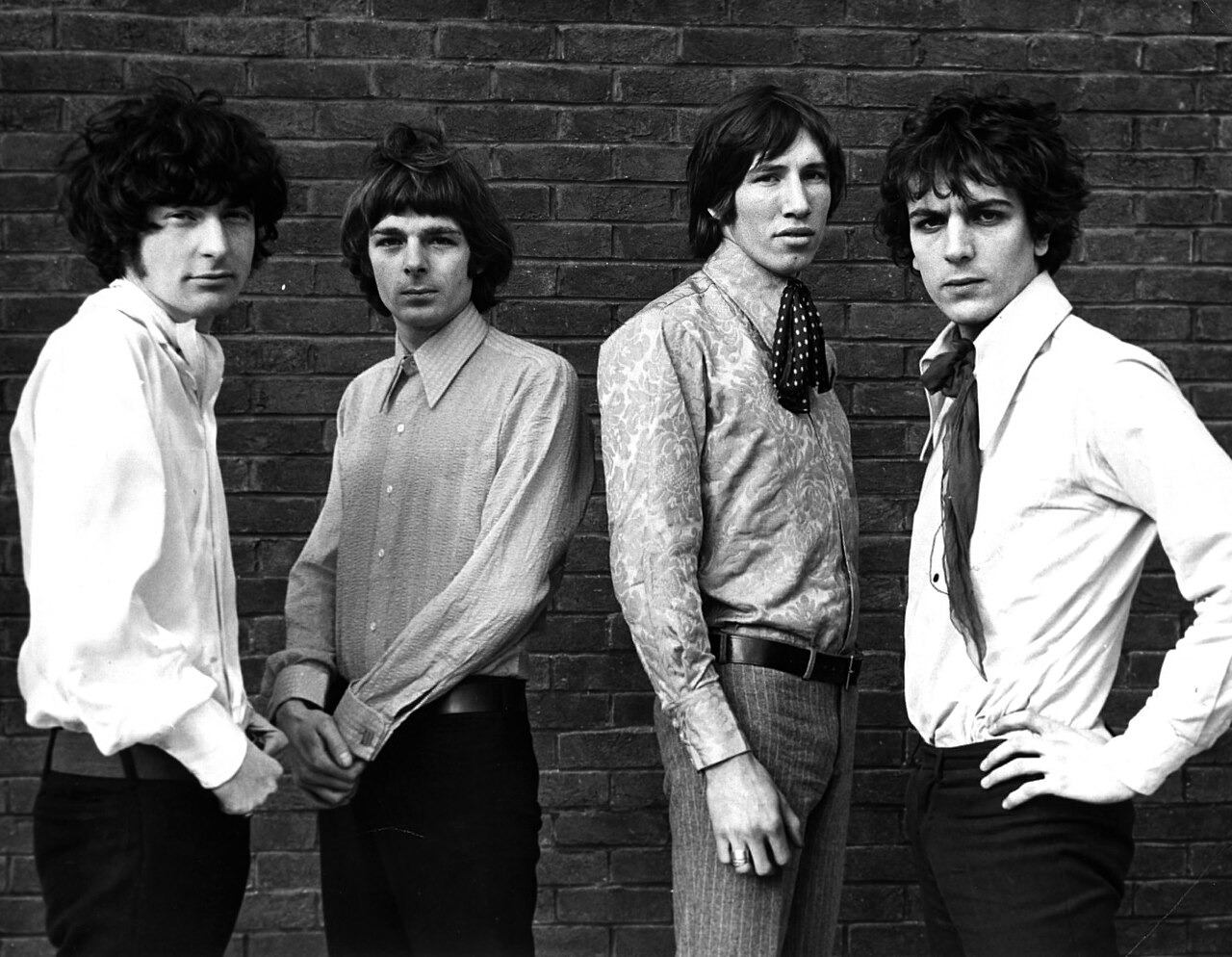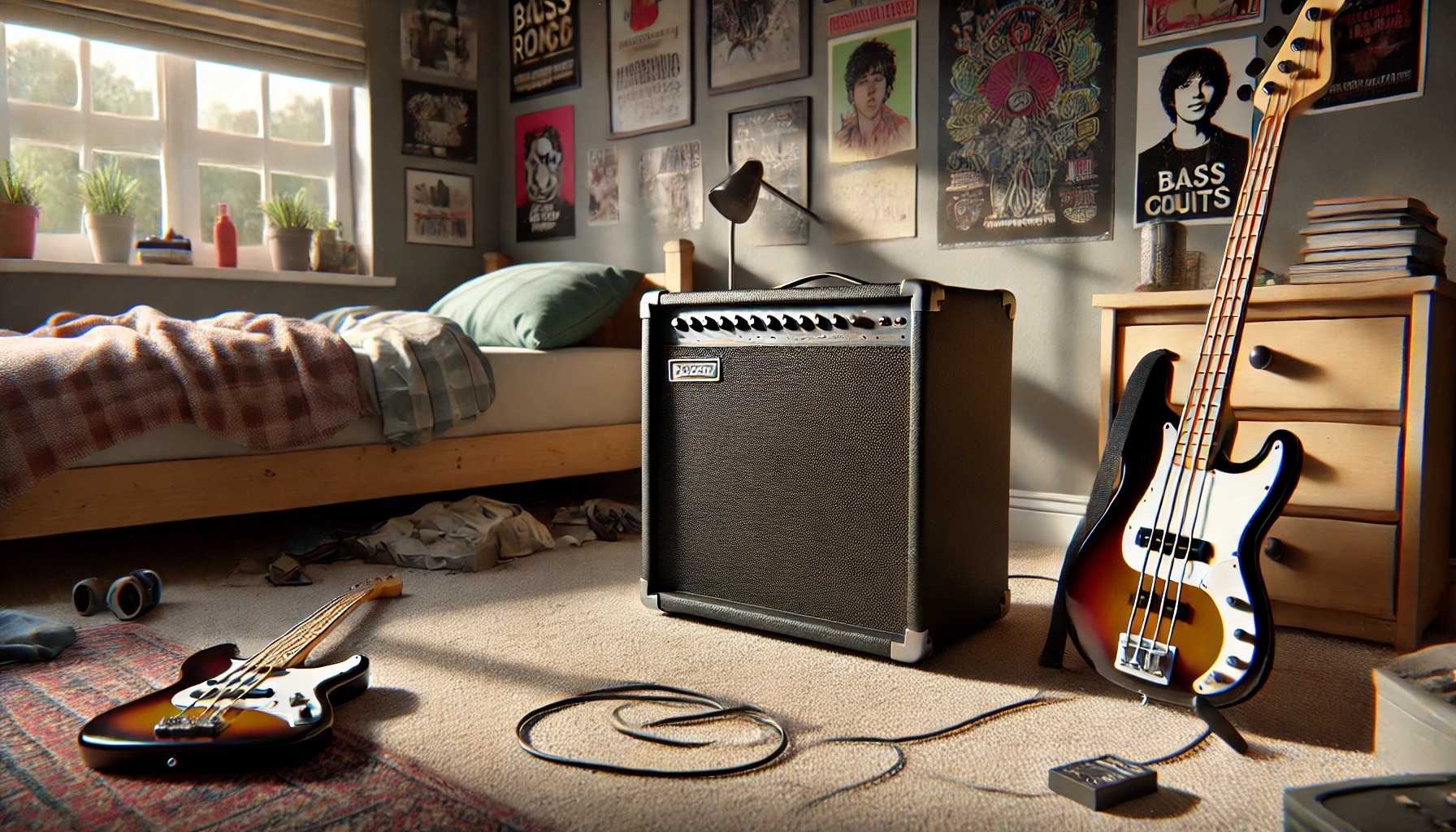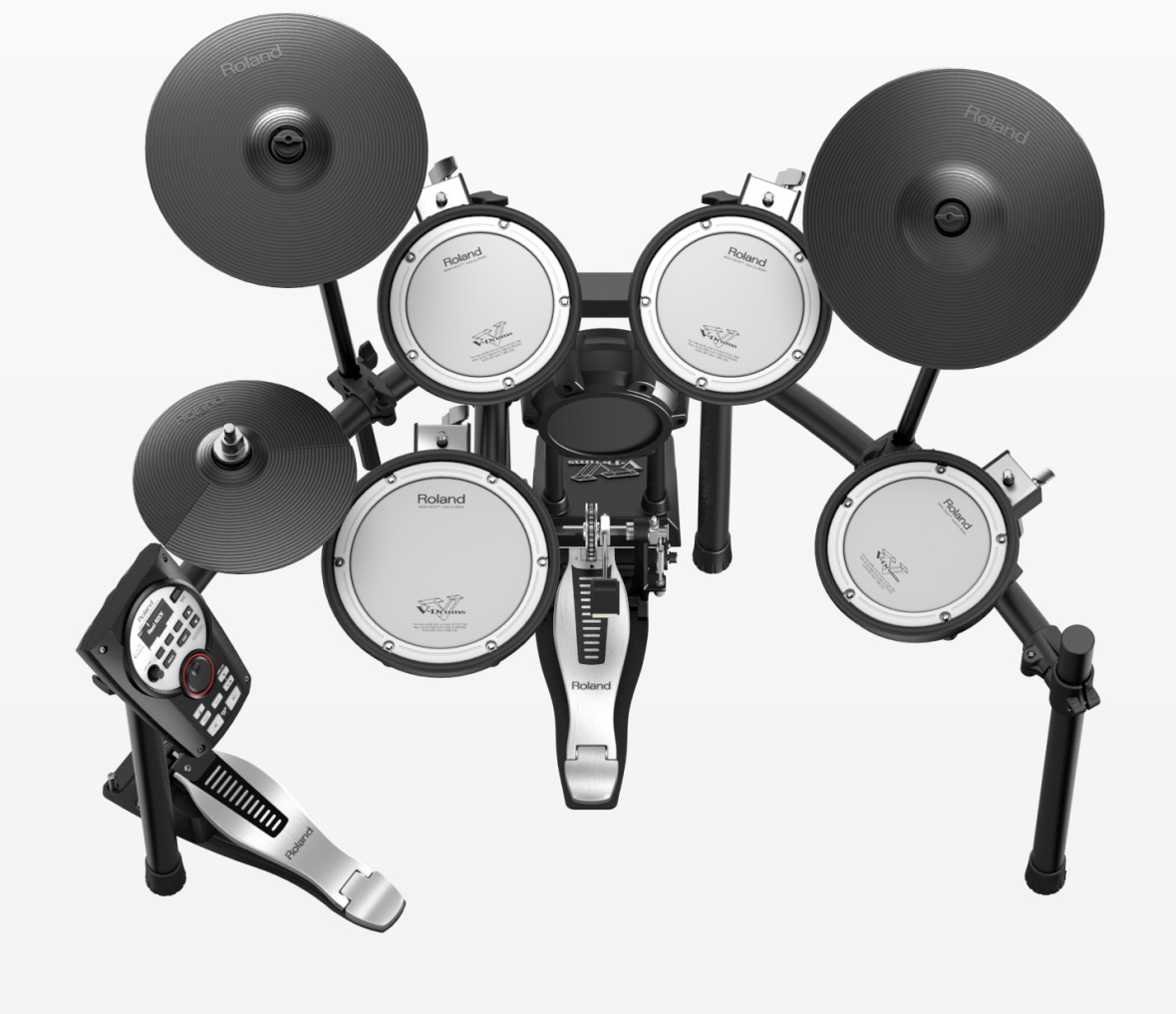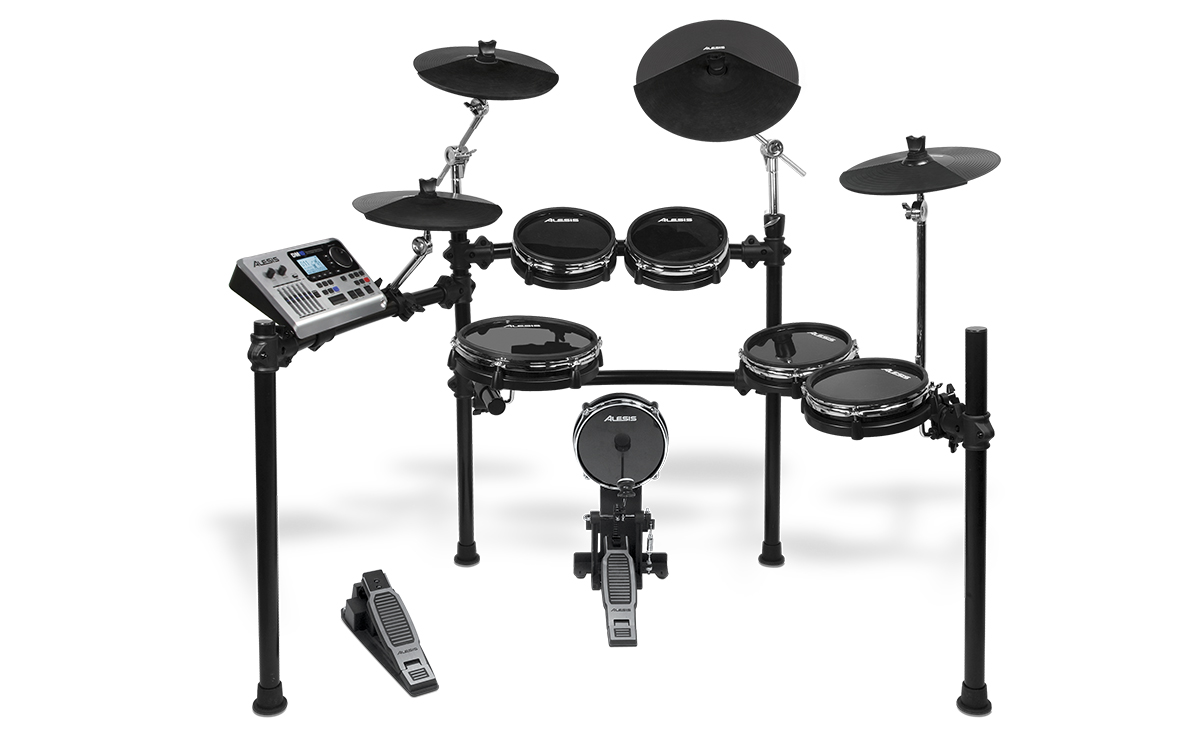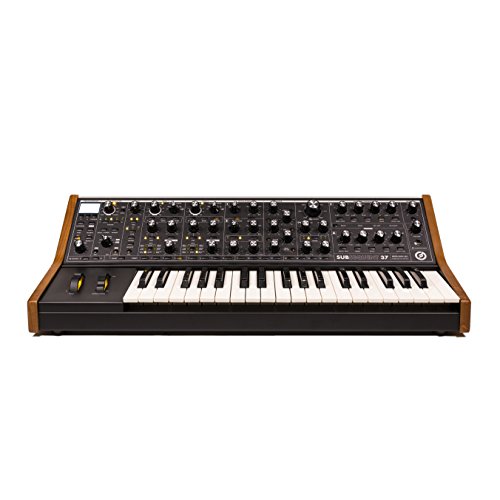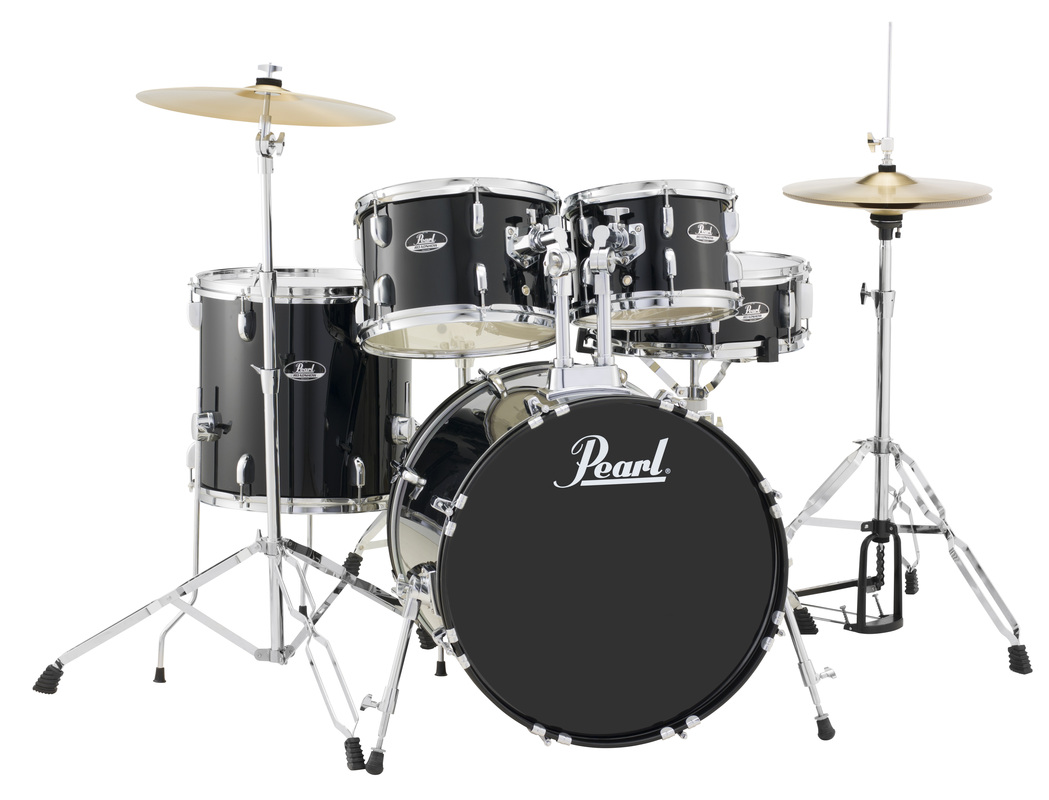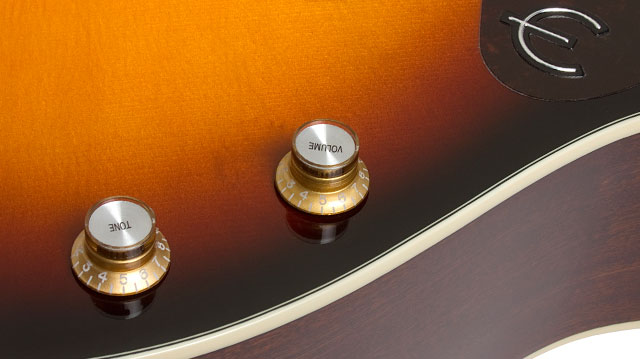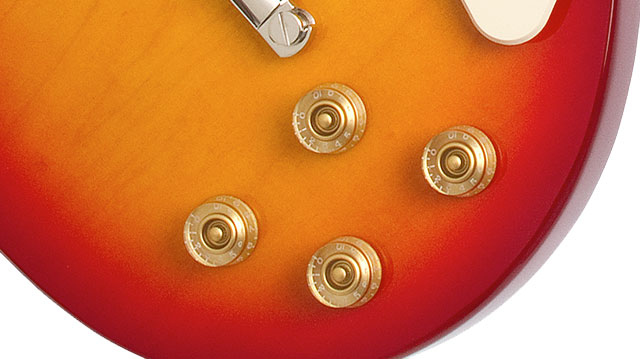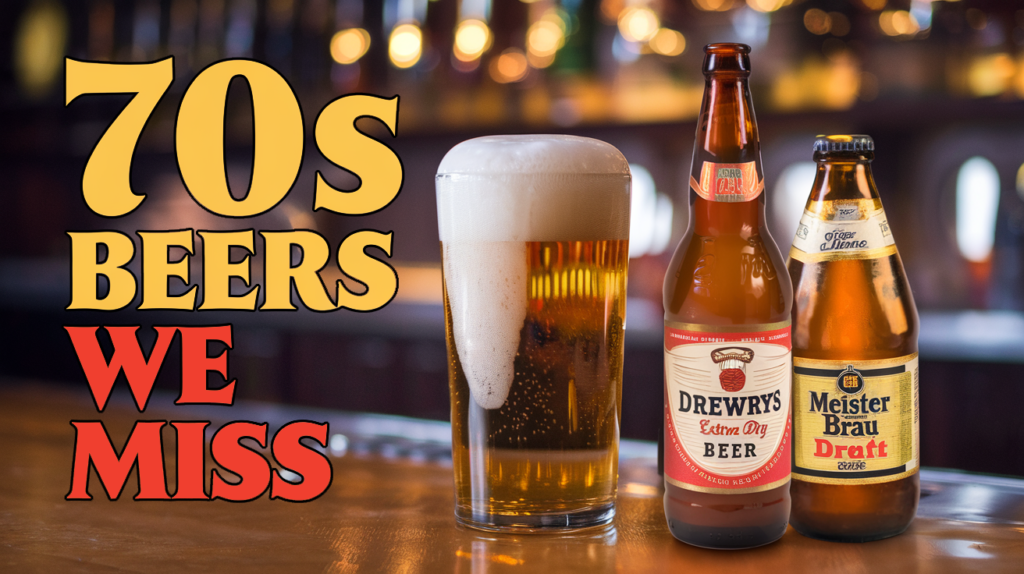
In the vibrant tapestry of American brewing history, the 1970s stand out as a golden era filled with unique flavors and iconic brands. Many beers from this time have faded into obscurity, but their legacy endures in other ways – from bottles to advertisements to fond memories. We’re taking a trip down memory lane to rediscover 20 forgotten beers that we wish would make a comeback.
20. Schaefer Beer
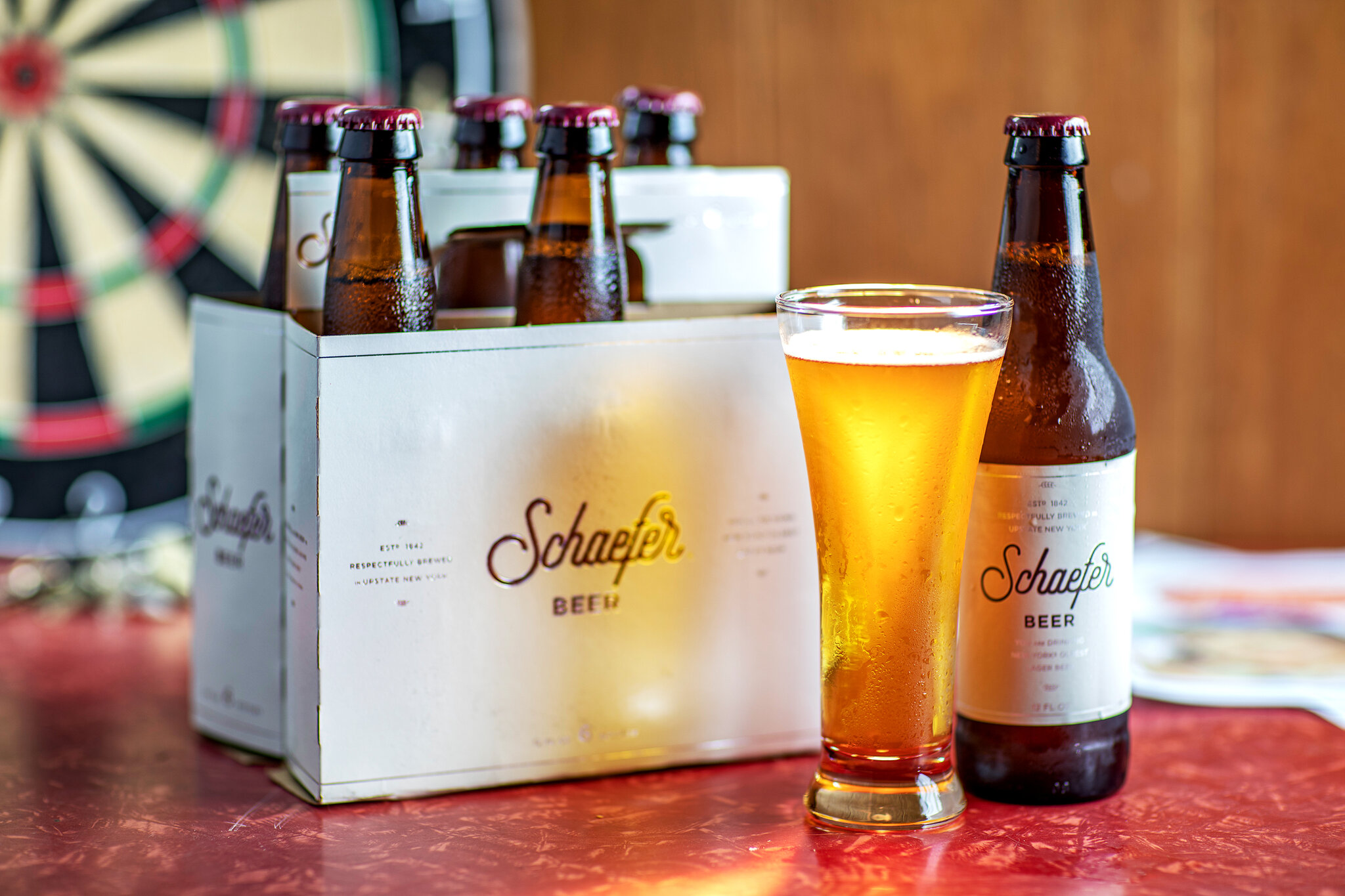
Since 1842, Schaefer Beer, brewed by the F&M Schaefer Brewing Company, delighted New York with its easy-drinking appeal. By the 1970s, the brand had achieved national prominence, selling millions of barrels annually. Its relatable marketing resonated with blue-collar drinkers, cementing its place in American beer culture.
However, the 1980s brought changes, as acquisitions disrupted its legacy. Today, Schaefer Beer is still brewed under the Pabst Brewing Company, but it no longer holds the prominence it once enjoyed. Enthusiasts continue to reminisce about its smooth flavor and hope for a return to its former glory.
19. Meister Brau Beer
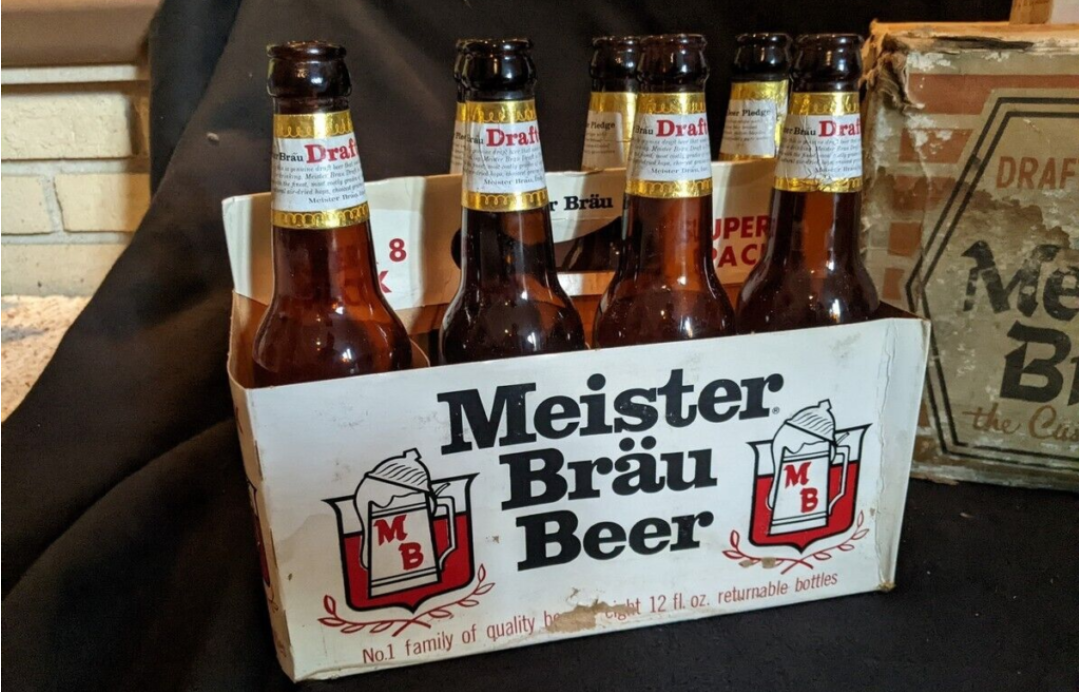
Meister Brau emerged as a budget-friendly choice in 1965, crafted by the Miller Brewing Company to cater to the cost-conscious beer drinker. Its straightforward appeal resonated with a wide audience during its prime.
Over time, shifting consumer tastes rendered the brand less relevant, leading to its discontinuation in the late 1990s. Even so, Meister Brau holds a place in beer history as a symbol of accessible, unpretentious brewing.
18. Falstaff Beer
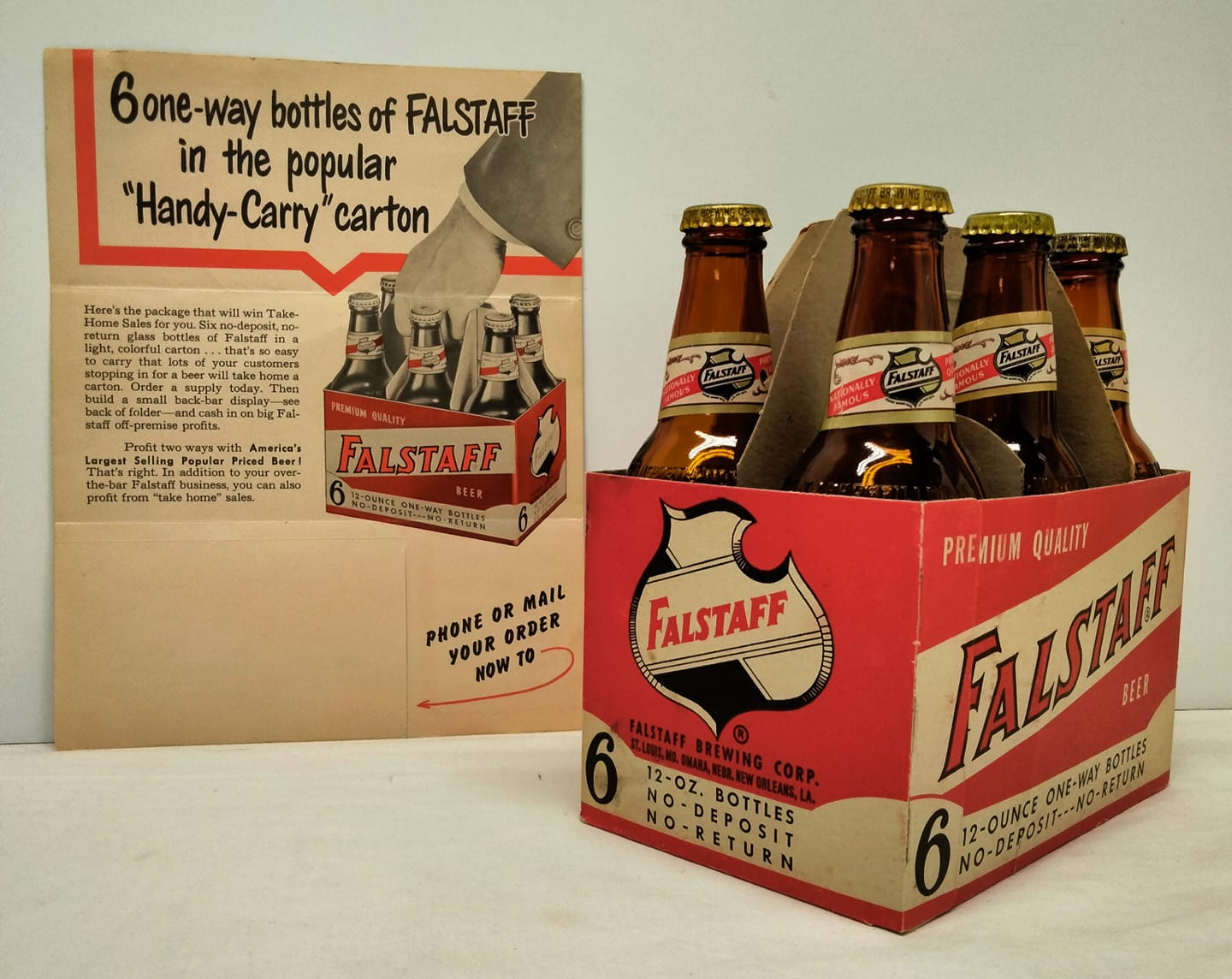
The Falstaff Brewing Corporation in St. Louis introduced Falstaff Beer, renowned for its smooth flavor. By 1965, it reached a production peak of 7 million barrels, positioning itself as a premium choice. Sponsorships and upscale branding reinforced its classy image.
Shifts toward lighter lagers in the 1970s challenged its standing. Ownership changes eventually led to Falstaff’s discontinuation in 2005. Yet, for many, the beer’s memory lingers, celebrated for its elegance and history, with calls for a revival echoing among devoted fans.
17. Burger Beer
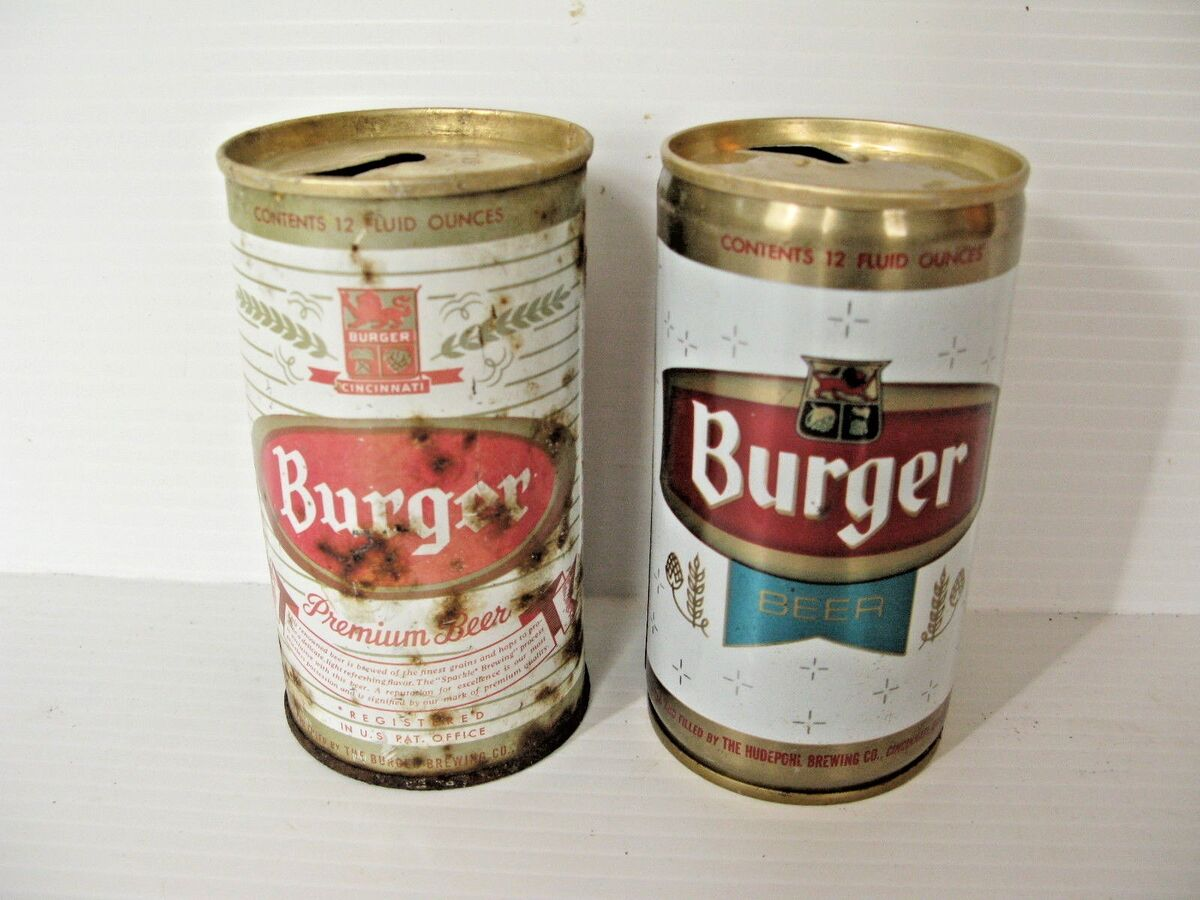
The Burger Brewing Company in St. Louis created Burger Beer, a Midwest staple lauded for its smooth lagers. Its catchy slogan, “It’s the Burgermeister!” resonated with consumers, securing its regional popularity during the 1970s.
Financial troubles in the early 1990s spelled the end for the brand. Even so, Burger Beer’s legacy endures, with enthusiasts recalling its rich American brewing heritage. Its absence leaves many wishing for a modern resurgence of this classic beer.
16. Stroh’s Bohemian Style Beer
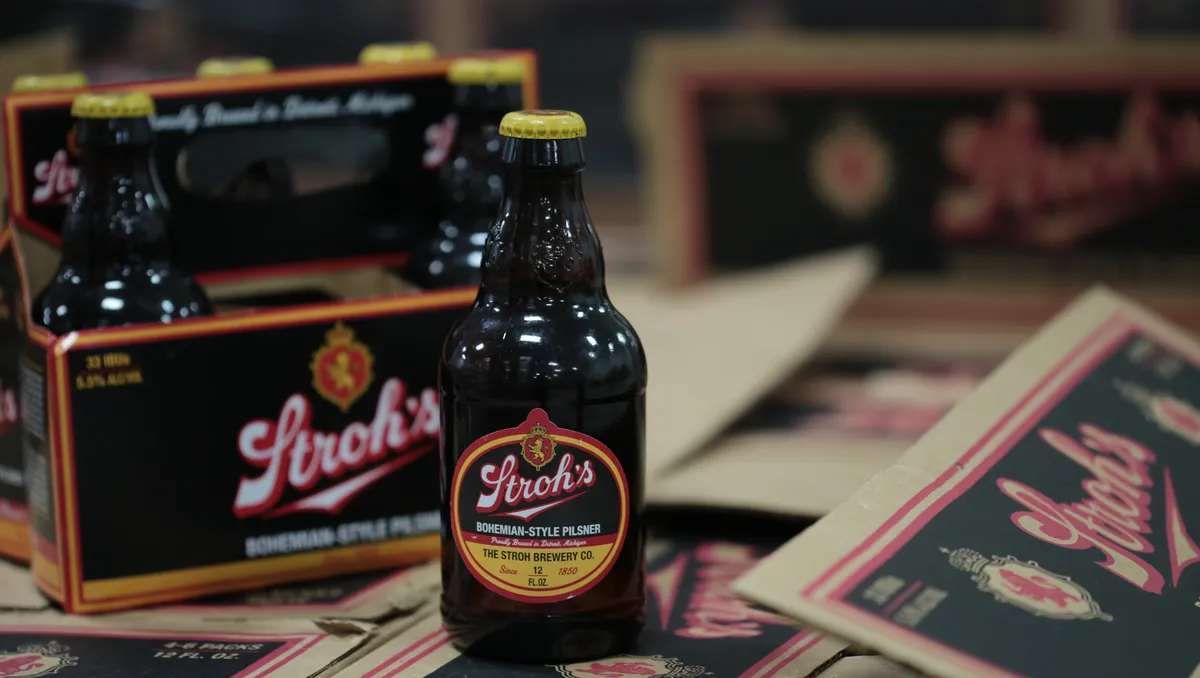
A Detroit tradition, Stroh’s Bohemian Style Beer was the pride of the Stroh Brewery Company, established in 1850. It quickly gained favor for its crisp, clean taste and local appeal.
As consumer tastes evolved during the 1980s, Stroh’s faced mounting challenges and was ultimately discontinued. Even so, its connection to Detroit’s brewing history continues to inspire fond recollections and speculation about its possible return.
15. Olympia Beer
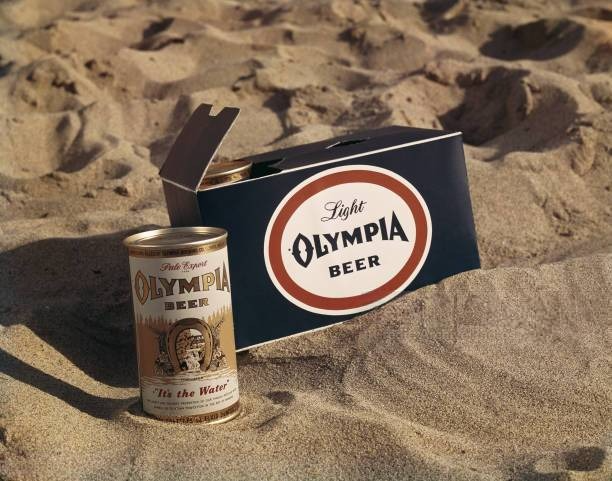
Olympia Beer, launched in 1896 by the Olympia Brewing Company, became a beloved West Coast favorite. Its connection to the Tumwater Falls’ pure water source played a key role in its branding, and the water was pointed to as being part of the reason for its refreshing, regionally inspired taste.
Competition grew fierce, and by the early 2000s, production ceased. Despite this, Olympia Beer’s strong ties to the Pacific Northwest and its natural origins keep the memory alive, sparking calls for its reintroduction among devoted fans.
14. Pearl Beer
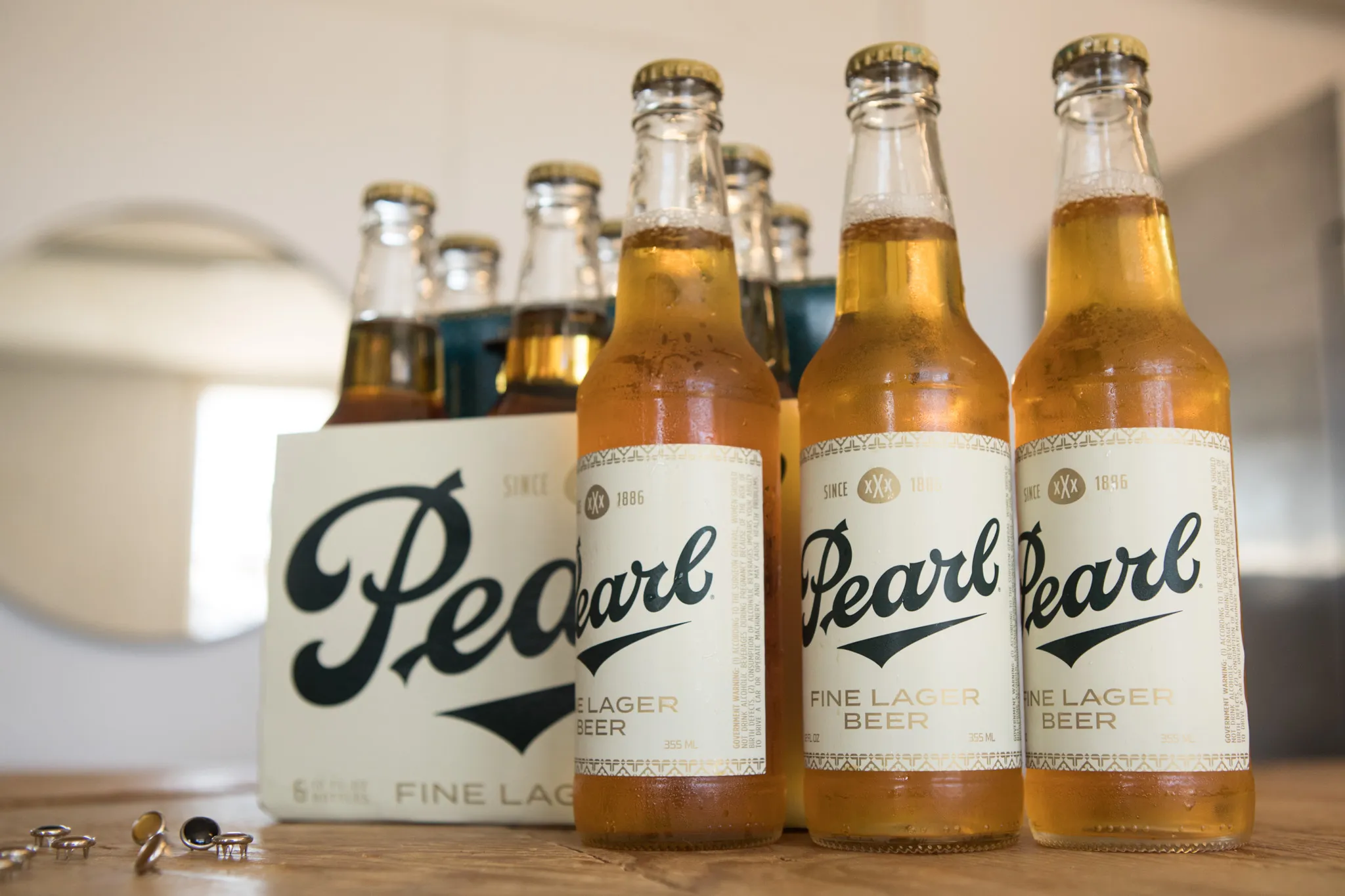
Brewed in Texas by the Pearl Brewing Company, Pearl Beer was a symbol of Lone Star pride. Its smooth, easy-drinking profile made it the state’s largest brewery by the 1970s. A down-to-earth identity and regional loyalty fueled its success during its peak years.
However, corporate acquisitions in the late 20th century led to its decline, with production ceasing in 2001. Recently, a revival of the Pearl brand has brought back its classic charm with modern twists, rekindling the affection of Texan beer lovers and keeping its legacy alive.
13. Billy Beer
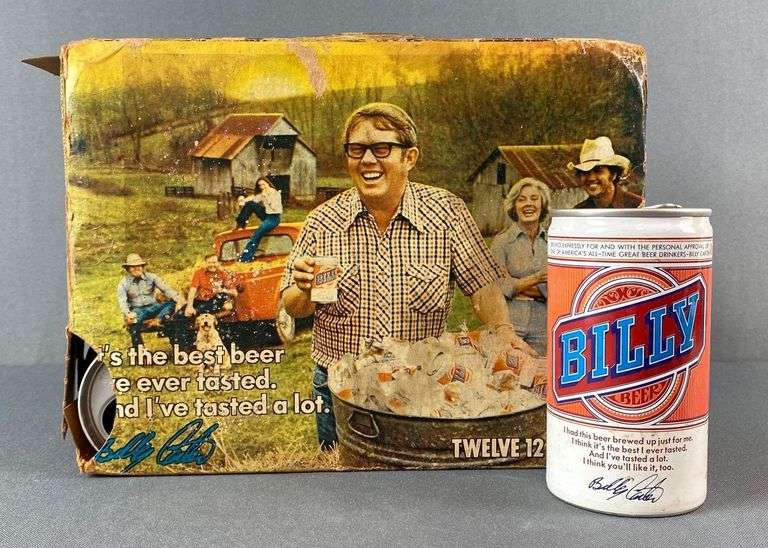
Billy Beer emerged in the 1970s as a novelty brew tied to Billy Carter, the colorful brother of President Jimmy Carter. With its quirky branding and widespread media attention, it quickly became a cultural phenomenon.
Its novelty appeal wasn’t enough to sustain its market presence, however, and the beer disappeared when the Fall City Brewing Company closed in 1978. Despite its short run, Billy Beer’s unique place in American pop culture ensures it remains a memorable, if unconventional, part of beer history.
12. Lucky Lager
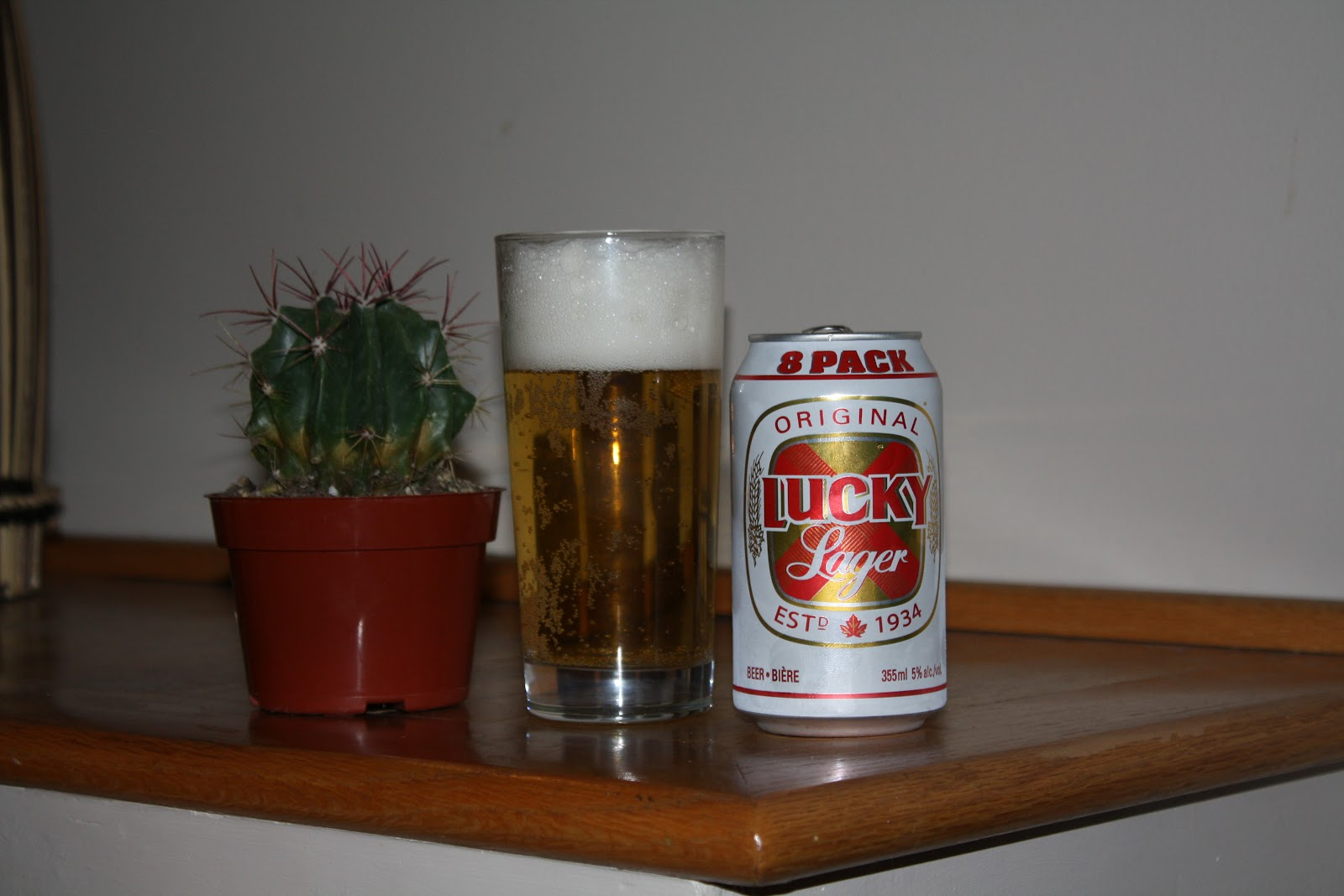
California’s Lucky Lager, introduced during the post-war economic boom, carved a niche as a light, easy-drinking option. Its popularity soared across the West Coast as it became synonymous with casual gatherings and good times.
Unfortunately, corporate changes led to its discontinuation in the early 2000s after Miller Brewing Company acquired the brand. Today, fond memories of Lucky Logger’s simple charm continue to inspire hopes for its return among its loyal fanbase.
11. National Bohemian (Natty Boh)
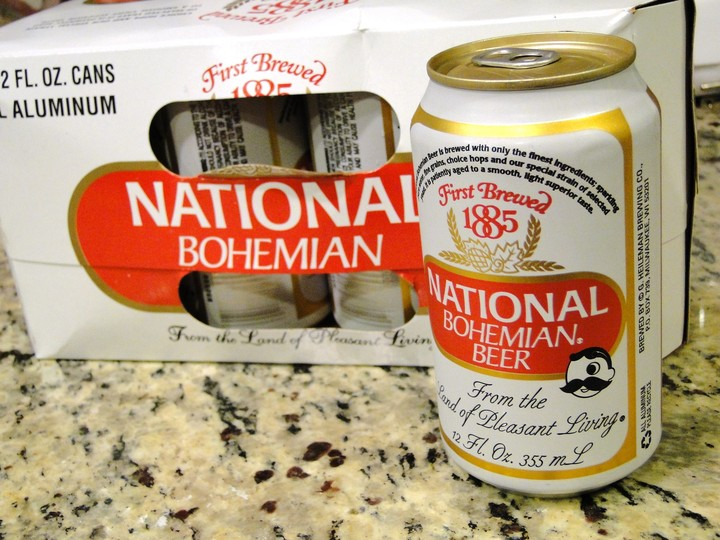
A Baltimore institution, National Bohemian, or Natty Boh, stood out for its smooth taste and affordability. Its reputation as a regional powerhouse in the 1970s was bolstered by its strong connection to local culture and identity.
Although still brewed today, Natty Boh’s production has moved away from Baltimore, reducing its local resonance. Fans of the beer often reflect on its blue-collar charm and the vibrant character it brought to the Maryland community, keeping its legacy alive in the hearts of many.
10. Valentine XX Ale
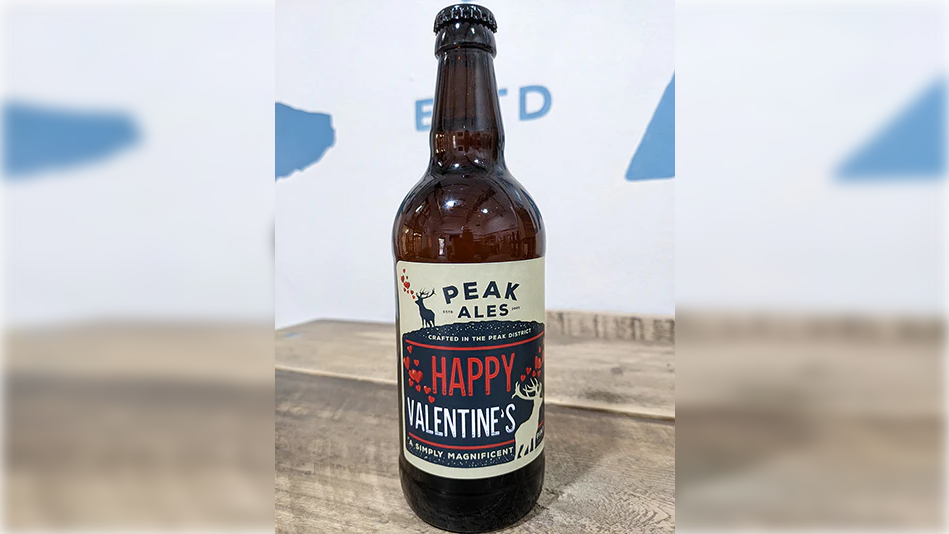
Valentine XX Ale, crafted by the P. Balentine and Sons Brewing Company, was a 1970s favorite. Founded in 1820 in New York, the ale was celebrated for its rich flavor and smooth finish. The name “Tri XX” paid tribute to its three gold medals won at international exhibitions in the early 1900s, reflecting its quality craftsmanship.
Over time, its popularity waned, with sales declining to 500,000 barrels by 1970. InBev eventually acquired the brand, leading to its discontinuation in the early 2000s. Despite this, the allure of Valentine XX Ale endures, fueled by whispers of a possible revival and fond nostalgia among beer lovers.
9. Grain Belt Beer
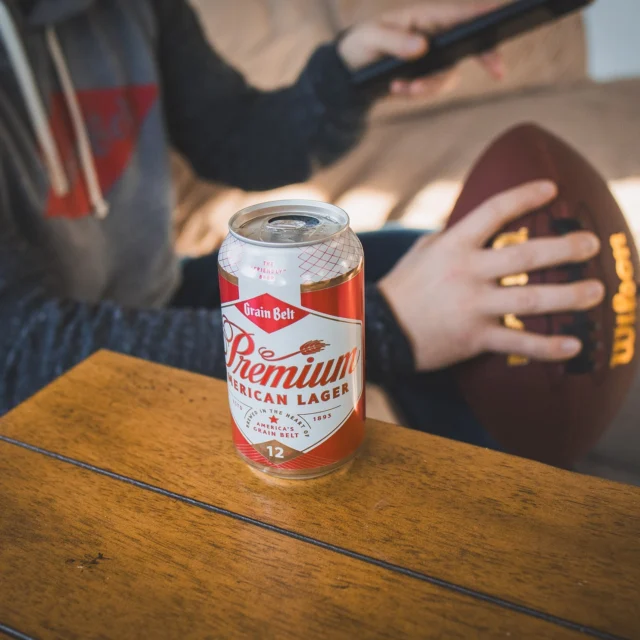
Grain Belt Beer became a Minnesota icon under the Minneapolis Brewing Company. Known for its golden lager, it thrived for decades before succumbing to the industry’s changing dynamics in 1975.
In 2002, August Schell Brewing Company revived the brand, breathing new life into its classic offerings. Today, Grain Belt stands as a testament to Minnesota’s rich brewing history, celebrating both tradition and innovation for a new generation of beer drinkers.
8. Goebel Beer
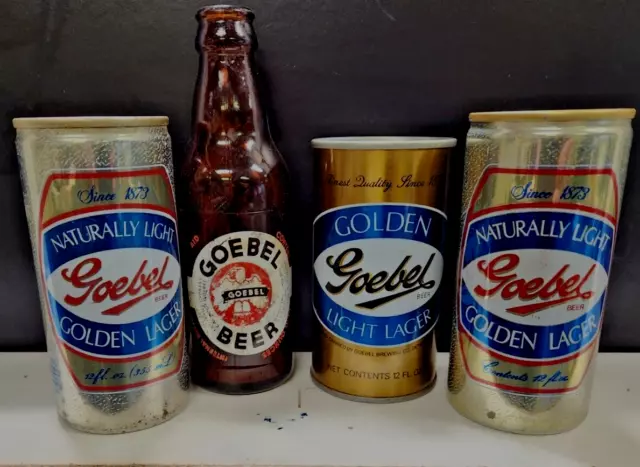
Detroit’s Goebel Beer built a loyal following with its dry, light lager. Its mid-20th century peak was marked by regional pride, though increasing competition from national brands in the 1970s eroded its market share.
After ceasing production in 2005, Goble Beer retained a special place in Detroit’s brewing story. Nostalgic drinkers and beer historians alike continue to advocate for its revival, celebrating its connection to the city’s industrious spirit.
7. Rheingold Beer
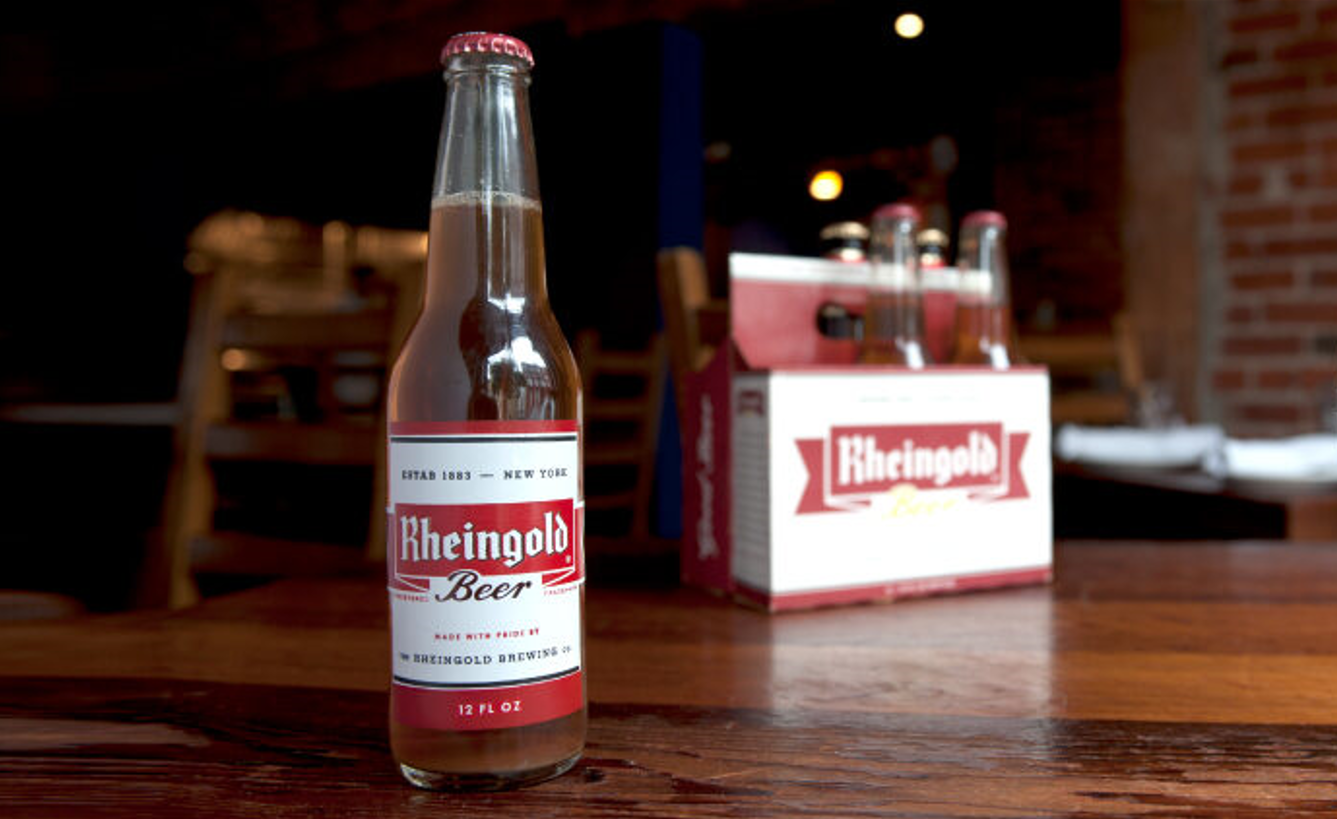
Brooklyn’s Rheingold Brewery introduced Rheingold Beer in 1883, quickly becoming a staple across the East Coast, especially in New York. Its crisp, dry flavor and German-inspired branding, featuring a mythical maiden, endeared it to many. Clever marketing and memorable jingles made it a household name in the 1950s and 60s.
Yet, as lighter beers gained favor in the 1970s, Rheingold struggled to maintain its market share. By 1976, the brewery had closed, and the brand vanished in the 1980s. Memories of its distinctive taste and cultural impact, however, continue to inspire hopes for its comeback.
6. Drewrys Beer
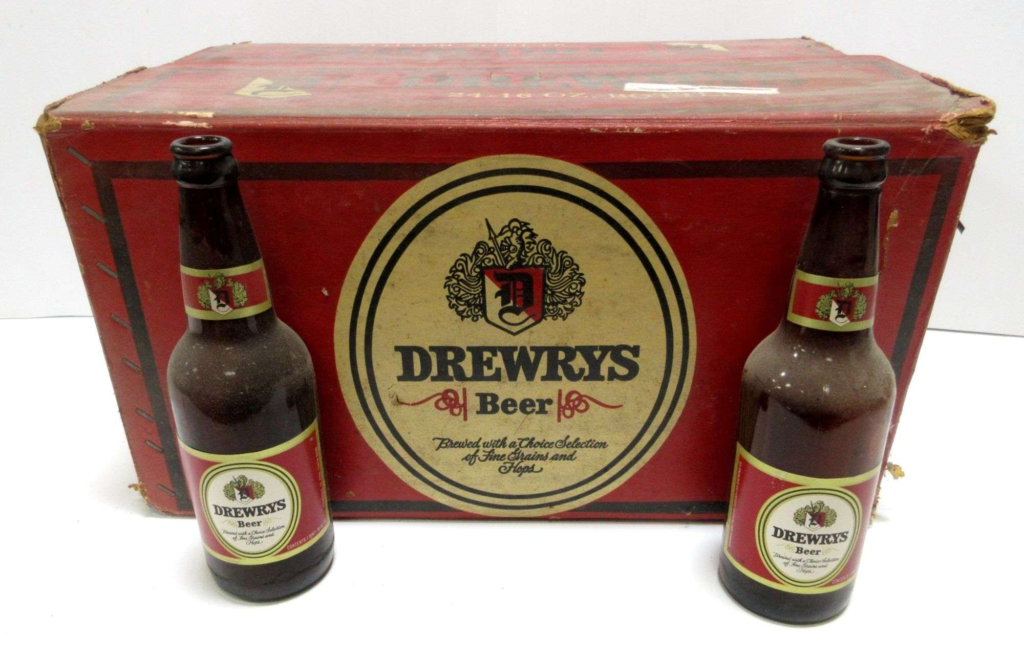
Drewrys Beer, a favorite among Midwesterners, blended Canadian origins with working-class appeal. Its crisp lager earned a devoted following during its heyday, offering a reliable option for beer enthusiasts.
The brand struggled to adapt to an evolving market and faded away in the early 2000s. Yet, the whispers of a revival keep its memory alive, as fans continue to cherish its affordable, no-nonsense character.
5. Falls City Beer
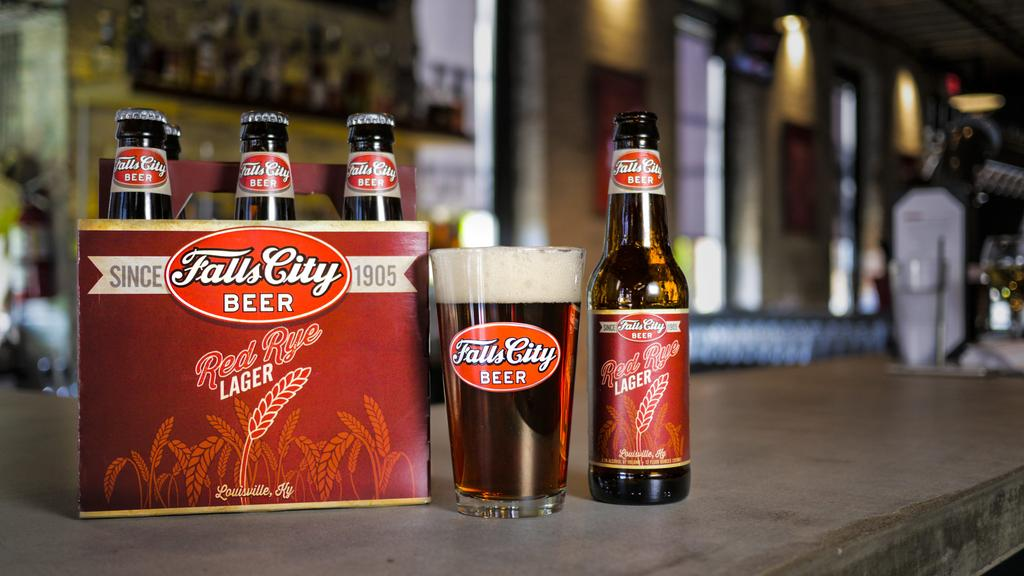
Hailing from Kentucky, Falls City Beer gained recognition for its approachable lager and strong ties to local culture. By the 1970s, it had become a fixture in the state’s beer scene.
Despite its closure in 1978 due to financial challenges, the brand’s legacy persists. Falls City’s playful marketing and enduring connection to its roots have kept it alive in the hearts of many who hope for a modern revival.
4. Blitz Weinhard Beer
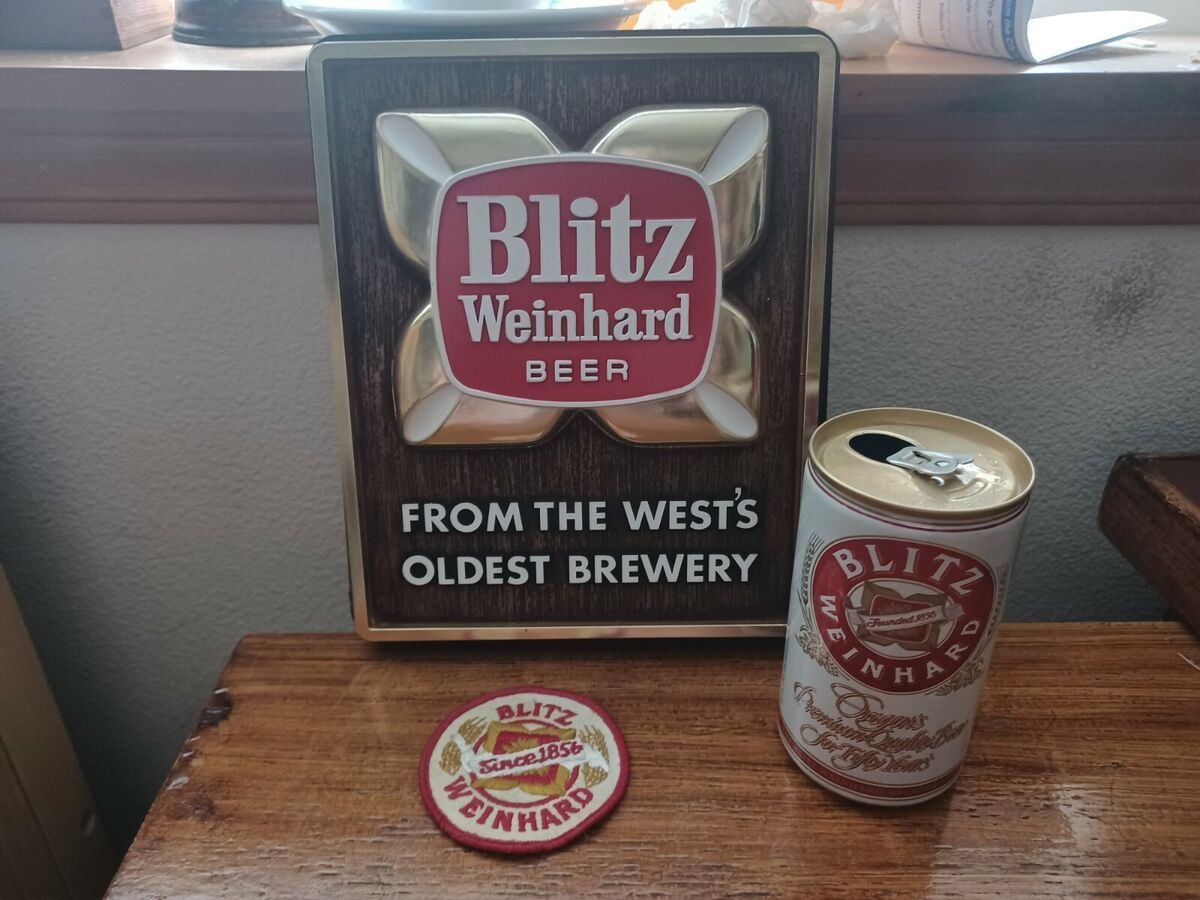
Blitz Weinhard became a Pacific Northwest icon through its light, crisp beer and deep regional ties. For decades, it was a cornerstone of the area’s brewing industry, capturing the loyalty of local drinkers.
The competitive pressures of the 1980s proved too much, leading to the brand’s discontinuation in the early 2000s. However, its spirit endures, with whispers of a comeback reigniting interest in this beloved classic.
3. Private Stock
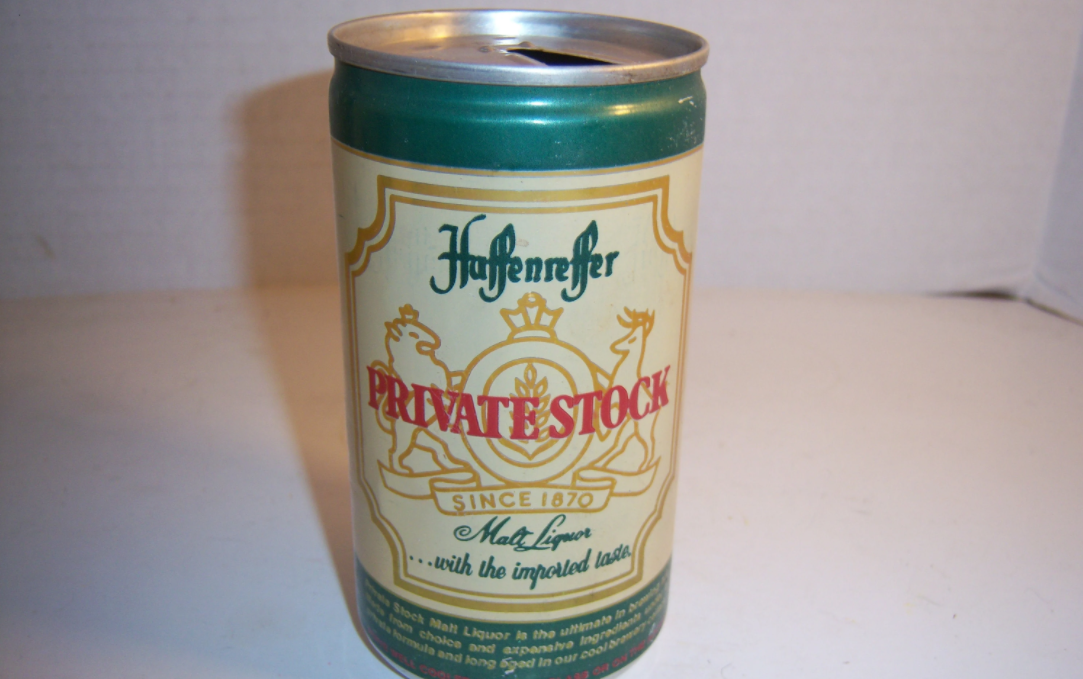
Private Stock earned its reputation as a unique malt liquor with an air of mystery. Its intriguing marketing campaign and smooth taste appealed to drinkers seeking something distinctive in the 1970s.
Although it disappeared in the early 2010s, the beer’s mystique persists. Fans continue to recall its allure, keeping alive the hope for a return of this one-of-a-kind brew.
2. Hamm’s Beer
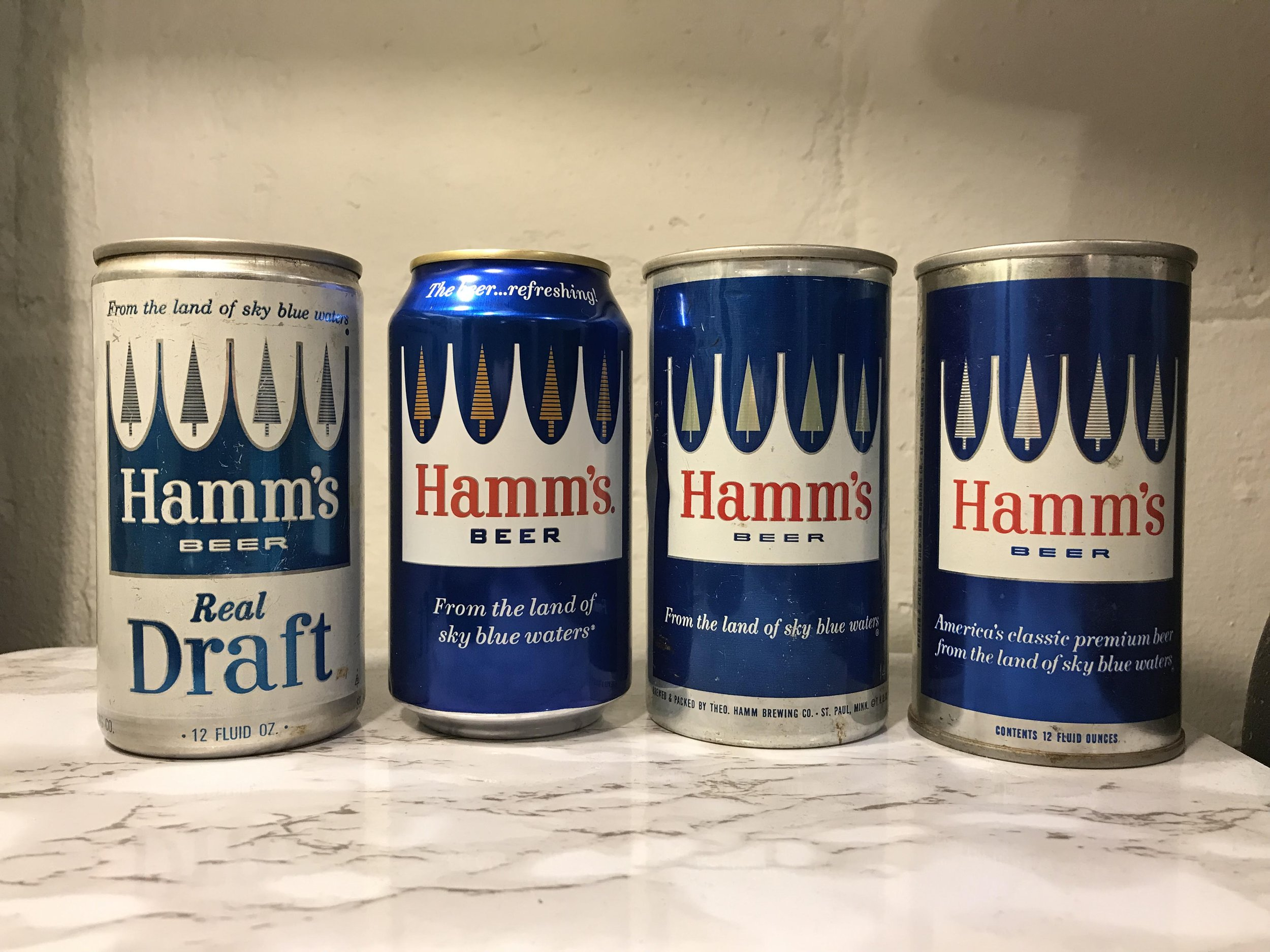
Theodore Hamm Brewing Company created Hamm’s Beer, a Midwest treasure lauded for its balanced flavor profile. By the 1970s, it was a staple for beer lovers in the region, bolstered by its iconic marketing campaigns.
In the early 2000s, Ham’s production ceased under InBev’s ownership. Still, its legacy remains intact, with Midwestern drinkers fondly recalling its heritage and hoping for its reintroduction to the market.
1. Pabst Blue Ribbon
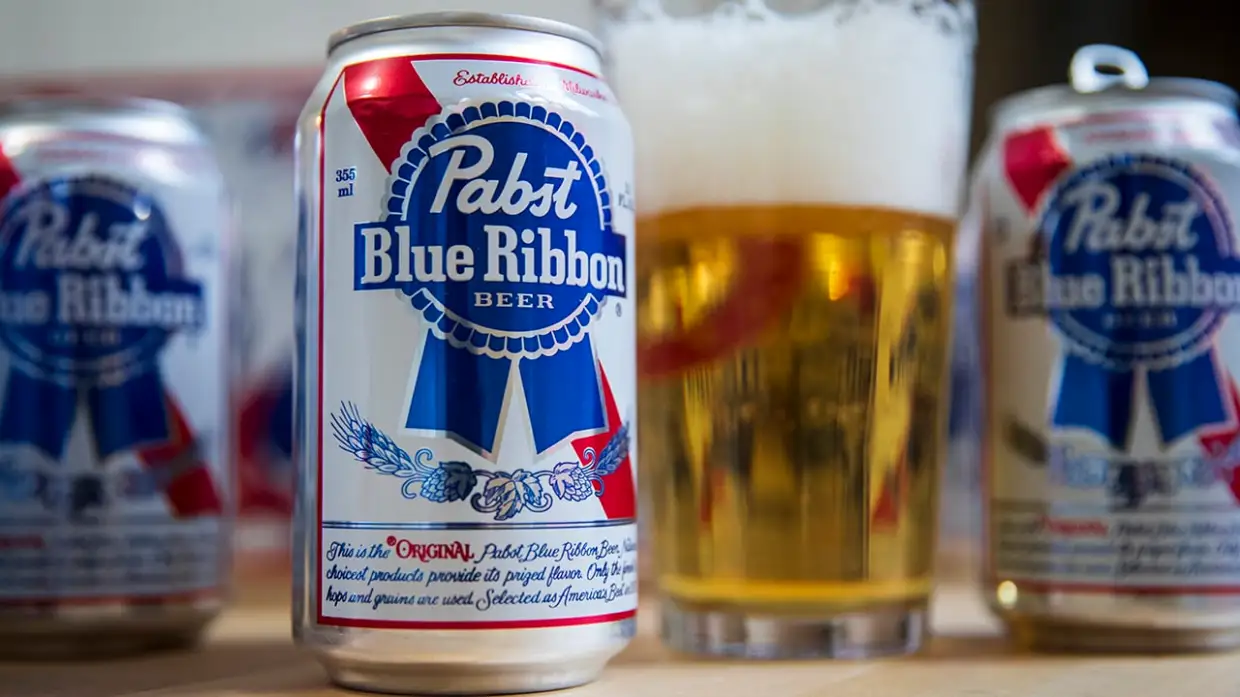
First brewed in Milwaukee in 1844, Pabst Blue Ribbon built a reputation for affordability and quality. Its rise in the 1970s, fueled by clever marketing linking it to blue-ribbon county fair wins, brought it national acclaim. Millions of barrels were sold annually, making it a household name.
Changing consumer preferences for lighter beers led to its decline… until recently! Ironically, this downturn set the stage for a resurgence in the early 2000s, as hipsters embraced its retro charm. Today, Pabst Blue Ribbon has a new lease on life – but it’s one of the few beers on this list that’s managed to secure one.
